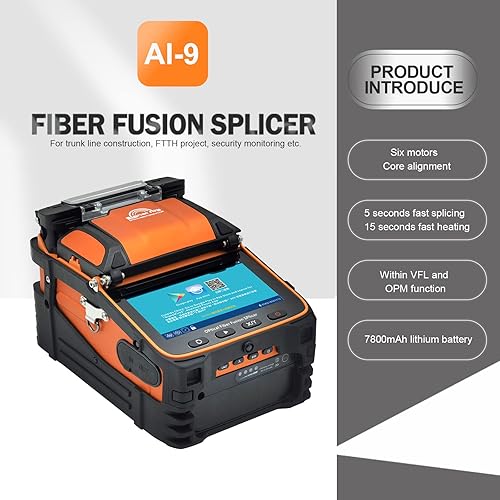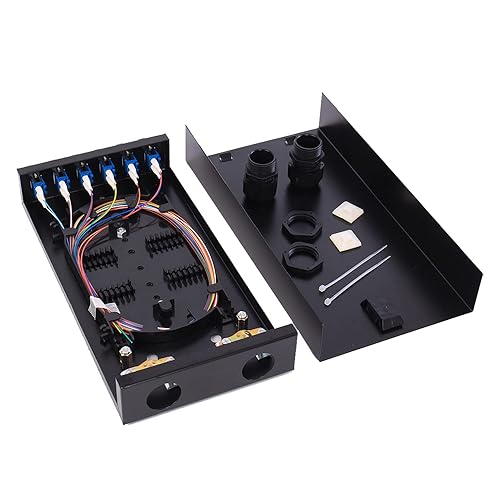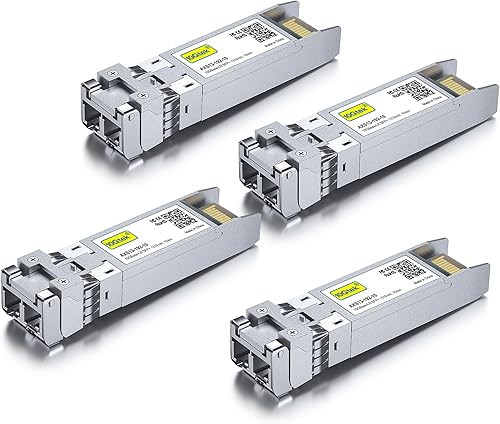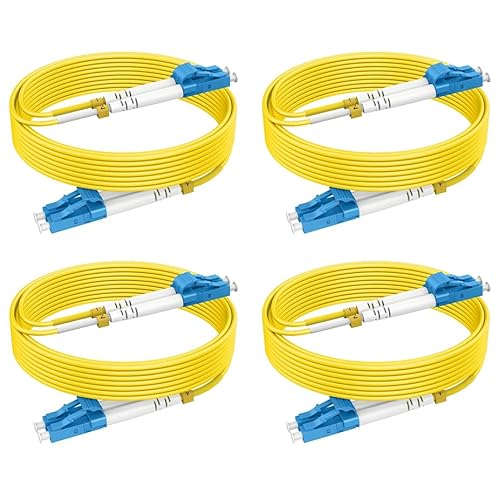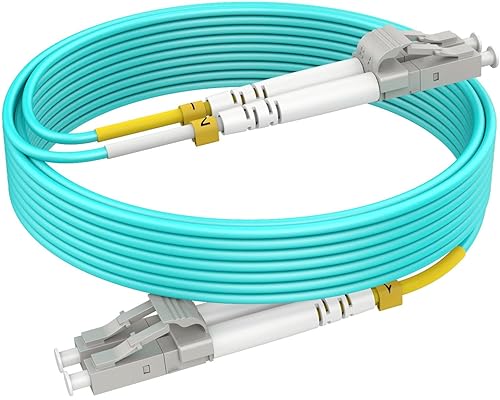A Comprehensive Guide to Successful Deployment
The increasing demand for high-speed internet and reliable data transmission has made fiber optic communication a crucial aspect of modern telecommunications. Fiber fusion splicing is a critical process in the deployment of fiber optic networks, ensuring low-loss connections between fibers. In this blog post, we will delve into the world of fiber fusion splicers and single-mode fibers, exploring their characteristics, recommendations, and the necessary tools for a successful deployment.
Understanding Single Mode Fiber
Single-mode fiber (SMF) is a type of optical fiber designed to transmit data as a single mode of light. This allows for longer transmission distances and higher bandwidths, making it an ideal choice for long-haul and high-speed networks. SMF has several key characteristics:
- Core diameter: 8-10 microns
- Wavelength: Typically operates at 1310nm or 1550nm
- Data transmission rate: Supports speeds up to 100 Gbps and beyond
- Distance: Can transmit data over distances of up to 100 km without amplification
Fiber Fusion Splicer: A Key Tool for Fiber Optic Deployment
A fiber fusion splicer is a device used to join two fiber optic cables together using heat and pressure. This process, known as fusion splicing, creates a permanent connection between the fibers, ensuring low-loss data transmission. When choosing a fiber fusion splicer, consider the following factors:
- Splicing method: Core alignment or clad alignment
- Splicing time: Typically ranges from 10-60 seconds
- Loss: Should be < 0.05 dB for single-mode fibers
- Ease of use: Look for a user-friendly interface and automated features
Characteristics of a Good Fiber Fusion Splicer
A good fiber fusion splicer should have the following characteristics:
- High precision: Accurate alignment and splicing to minimize signal loss
- Fast splicing time: Quick and efficient splicing to reduce labor costs
- Low maintenance: Easy to clean and maintain, with minimal consumables
- Compatibility: Supports various fiber types, including single-mode and multimode fibers
Recommendations for Fiber Fusion Splicers
Some popular fiber fusion splicers for single-mode fiber deployment include:
- Fujikura 80S: A high-performance splicer with a splicing time of 15 seconds
- Sumitomo T-55: A compact and user-friendly splicer with a splicing time of 20 seconds
- Corning FITEL S-5C: A high-precision splicer with a splicing time of 30 seconds
- Signal Fire AI-9: This splicer features:
- Six motor core alignment: For precise and accurate splicing
- Automatic FTTH fiber optical welding splicing: For efficient and reliable splicing
- 5S heating and 15S splicing time: For fast and efficient splicing
- Compatibility with single-mode fibers: Supports various single-mode fiber types
The Signal Fire AI-9 is a highly recommended splicer for its advanced features, high precision, and fast splicing time. Its automatic FTTH fiber optical welding splicing feature makes it an ideal choice for FTTH (Fiber to the Home) deployments.
Necessary Tools for Successful Deployment
To achieve a successful deployment of single-mode fiber using a fiber fusion splicer, the following tools are necessary:
- Fiber fusion splicer: As discussed earlier
- Fiber cleaver: A device used to cleave the fiber optic cable before splicing
- Fiber stripper: A tool used to remove the fiber coating and buffer
- Cleaning supplies: Lint-free wipes and cleaning solution for fiber optic connectors and splices
- OTDR (Optical Time-Domain Reflectometer): A device used to test and troubleshoot fiber optic connections
Best Practices for Fiber Fusion Splicing
To ensure a successful deployment, follow these best practices:
- Use high-quality fiber optic cables: Ensure the fiber optic cables meet the required specifications for single-mode transmission
- Clean and prepare the fiber ends: Use a fiber cleaver and stripper to prepare the fiber ends for splicing
- Use the correct splicing parameters: Follow the manufacturer’s guidelines for splicing parameters, such as temperature and pressure
- Test and verify the connection: Use an OTDR to test and verify the fiber optic connection
Signal Fire AI-9 Fusion Splicer
- Six motor core alignment
- Automatic FTTH fiber optical welding splicing
- 5S heating and 15S splicing time
- Compatibility with single-mode fiber
Price: $899.99 (*)
Signal Fire AI-9 Fusion Splicer: Key Features and Benefits
The Signal Fire AI-9 fusion splicer is a high-performance device designed for efficient and reliable fiber optic splicing. Here are its key features and benefits:
Faster Splicing and Heating
- Fast splicing time: 5 seconds
- Fast heating time: 15 seconds
- High-capacity splicing: Can splice and heat about 260 times continuously
- Upgraded transparent heating slot: Automatic lid closing and compatible with SC fiber optic
Advanced Technology and Features
- Core alignment technology: Precise and low splicing loss
- Built-in power meter and VFL: Measure connection loss, verify continuity, and assess fiber link transmission quality
- Multiple wavelength support: 850nm, 1300nm, 1310nm, 1490nm, 1550nm, and 1625nm
- VFL modes: 15mW, 2Hz flashing, and steady on mode
Versatile Fiber Holder
- 3-in-1 fiber holder: Suitable for single-mode, multi-mode, bare fiber, tail fiber, skin fiber, jumper, and invisible fiber fusion
- Splice loss: 0.02dB (SM), 0.01dB (MM), 0.04dB (DS/NZDS)
- Cladding diameter: 80-150μm
User-Friendly Interface and Long-Lasting Battery
- 5-inch high-resolution screen: Up to 300 times focus magnification
- Long-time standby: 7800mAh high-capacity lithium battery with ≤ 3.5 hours charging
Intelligent Interaction
- Mobile app connectivity: Convenient data management and splicing record storage
- Multi-language support: English, French, Russian, Italian, Portuguese, Polish, Spanish, Thai, and Arabic
Overall, the Signal Fire AI-9 fusion splicer offers advanced technology, fast splicing and heating, and a user-friendly interface, making it an ideal choice for fiber optic splicing applications.
Conclusion
In conclusion, fiber fusion splicers and single-mode fibers are critical components in the deployment of high-speed fiber optic networks. By understanding the characteristics of single-mode fibers and fiber fusion splicers, and using the necessary tools and best practices, network operators can ensure a successful deployment. Whether you’re a seasoned professional or just starting out, this guide provides a comprehensive overview of the key considerations for fiber fusion splicing and single-mode fiber deployment. The Signal Fire AI-9 fusion splicer is a highly recommended
Additional Resources
For more information on fiber fusion splicers and single-mode fibers, check out the following resources:
- IEEE 802.3 standards: For specifications on fiber optic communication systems
- TIA/EIA standards: For guidelines on fiber optic cable and connector standards
- Manufacturer documentation: For specific guidelines on fiber fusion splicers and single-mode fibers
By following the guidelines and recommendations outlined in this post, you’ll be well on your way to achieving a successful deployment of single-mode fiber using a fiber fusion splicer.
(*) Prices are accurate at the time of publishing and may change over time. For the most up-to-date pricing, please check Amazon.com.



